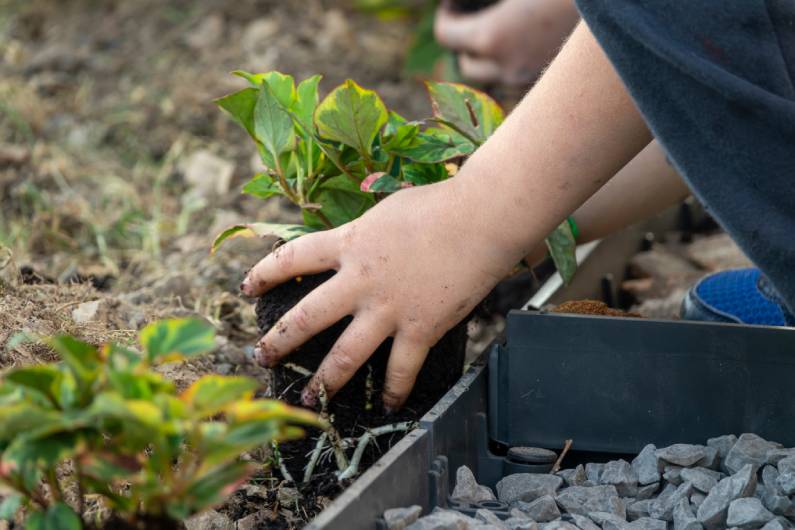Imagine entering your backyard surrounded by vibrant colors, soothing sounds, pleasant aromas, and inviting textures. Sensory gardens are magical spaces designed to engage all five senses, offering a tranquil escape at home.
Creating a sensory garden in your backyard can enhance your outdoor living experience, whether you’re a homeowner looking for a serene retreat or a mom seeking a fun, educational project for the kids. Let’s explore how you can quickly bring this enchanting concept to life in your backyard.
The Basics of a Sensory Garden
A sensory garden is more than just a collection of pretty plants; it stimulates one’s sight, sound, smell, touch, and taste. Choosing the right location is crucial. Look for a backyard area that gets a mix of sunlight and shade. Ensure paths are clear and easy to walk through, especially for children or older adult family members.
Consider creating distinct zones within your garden, such as a sunny spot for sun-loving flowers and a shaded area for plants that thrive without direct light. The more variety in your garden, the richer the sensory experience will be.
Selecting Sensory Plants
Choosing the right plants is the heart of any sensory garden. Aim for a mix of colors, scents, textures, and sounds. Here are some easy-to-care-for suggestions:
- Sight: Brightly colored flowers such as marigolds, petunias, and sunflowers can make your garden visually appealing.
- Smell: Fragrant plants such as lavender, rosemary, and mint smell divine and are also helpful in the kitchen.
- Touch: Lamb’s ear and fountain grass add delightful textures.
- Sound: Bamboo and ornamental grasses rustle gently in the wind, creating soothing natural sounds.
- Taste: Add edible plants such as cherry tomatoes, basil, and strawberries to engage your tastebuds.
These plants are beautiful, aromatic, and easy to grow, making them perfect for your sensory garden.
Designing Your Space
Landscaping design is crucial for a successful sensory garden. Add accessories such as a paved patio or pergolas to enhance the experience. By incorporating a seating area, you and your family will feel more inclined to spend time outdoors—extending your entertainment space.
Pergolas offer many benefits and enhance your home by providing year-round backyard enjoyment, shade, and support for climbing plants. They create a serene environment for relaxing with features such as fragrant flowers, water elements, wind chimes, and textured paths, attracting birds and stimulating the senses.
Encouraging Family Involvement
Creating a sensory garden is a great way to involve the entire family. It’s a delightful way for parents to teach their kids about nature, responsibility, and gardening. Tasks such as planting seeds, watering, and weeding can boost your child’s green thumb while fostering teamwork and patience.
Family involvement makes the project more enjoyable and instills pride in the garden. Imagine the joy on your child’s face after seeing the first bloom of a flower they planted!
Start Your Sensory Garden Journey
Creating a sensory garden in your backyard is a rewarding project that brings joy, relaxation, and a deeper connection to nature. A sensory garden offers endless benefits, whether you’re looking to enhance your curb appeal or provide a fun, educational activity for your family. So, let your imagination run wild and start your sensory garden journey today!



Connect With Me !